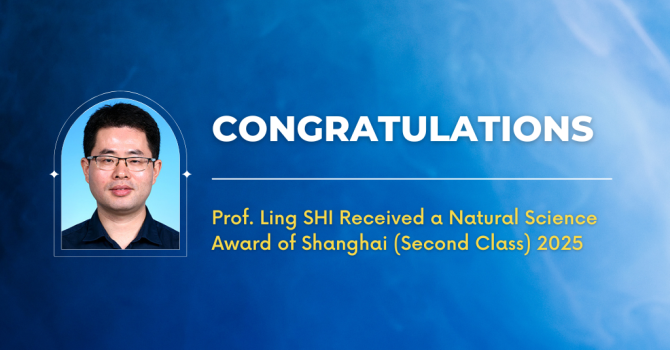Prof. Abhishek SRIVASTAVA Achieved Efficacy of Over 200 lm/W on Quantum-Rod On-Chip LEDs for Display Backlights
Aresearch paper titled “Robust, Narrow-Band Nanorods LEDs with Luminous Efficacy > 200 lm/W: Next-Generation of Efficient Solid-State Lighting” by Prof. Abhishek SRIVASTAVA of the Department of Electronic and Computer Engineering (ECE) and the State Key Laboratory of Advanced Displays and Optoelectronics Technologies (SKL) was recently published on Small, a multidisciplinary journal covering a broad spectrum of topics at the nano- and microscale at the interface of materials science, chemistry, physics, engineering, medicine, and biology.
All the co-authors are from the ECE Department and SKL. They are 2023 PhD graduate Dr. KANG Chengbin (first author), postdoctoral fellow Dr. Maksym PRODANOV, PhD students SONG Jianxin, Kumar MALLEM and LIAO Zebing, as well as Scientific Officer Dr. Valerii VASHCHENKO, and Prof. Abhishek Srivastava (corresponding author).
Abstract of the paper:
Energy-efficient white light-emitting diodes (LEDs) are in high demand across the society. Despite the significant advancements in the modern lighting industry based on solid-state electronics and inorganic phosphor, solid-state lighting (SSL) continues to pursue improved efficiency, saturated color performance, and longer lifetime. In this article, robust, narrow emission band nanorods (NRs) are disclosed with tailored wavelengths, aiming to enhance the color rendering index (CRI) and luminous efficacy (LE). The fabricated lighting device consists of NRs of configuration CdSe/ZnxCd1-xS/ZnS, which can independently tune CRI R1-R9 values and maximize the luminous efficacy. For general lighting, NRs with quantum yield (QY) up to 96% and 99% are developed, resulting in ultra-efficient LEDs reaching a record high luminous efficacy of 214 lm W−1 (certified by the National Accreditation Service). Furthermore, NRs are deployed onto mid-power (0.3 W@ 50 mA) LEDs, showing significantly enhanced long-term stability (T95 = 400 h @ 50 mA). With these astonishing properties, the proposed NRs can pave the way for efficient lighting with desired optical spectrum.
Related links:




